How Far up do You Place a Tourniquet
If you've seen any of our content on tourniquets, you've probably had the words "high and tight" permanently etched in your mind. It gets thrown around a lot. But how high is high enough, and why do you need to place tourniquets way up there? If you don't know, worry not! This is the anatomy lesson you never knew you needed!
How High is High Enough?
The short answer is as high as the empire state! The long answer is near the armpit for upper extremities and near the groin for lower extremities. If you can't get the tourniquet that high, make sure it is above the wound by at least several inches on the upper part of the limb before the joint.

Why High on the Limb?
The human body has an amazingly complex design that keeps us from bleeding out from a paper cut. Major veins and arteries are generally located on the inside of your limbs rather than the outside to reduce the risk of harm during daily activity. However, the arteries and veins split and wrap between the two bones in your lower arms and legs. This works great for circulation but not so much for tourniquets. It's excessively complicated to reach all the arteries and cut the blood flow here. For a tourniquet to work properly, it should be applied high on the limbs where there are fewer branches and only one bone.
On the arms, one artery comes down from your torso. Your bicep and tricep muscles also barely begin high on the limb, which makes this the ideal spot to place a tourniquet. Here, it minimizes damage to muscle tissue while maximizing the pressure you put on the artery.
Your legs are a little bit different. On your upper leg, there are three arteries. But

because there is still only one bone, cutting blood flow here is far more manageable than lower on the limb. In addition, the muscles in your legs are thick. This means it will take more pressure to achieve a successful occlusion, so go ahead and make it easy for yourself.
In the previous section, it was mentioned that, at the very least, the tourniquet needs to be placed several inches above the wound. This is crucial because arteries can retract up into the limb and constrict to reduce the bleeding. Cleanly transected (cut horizontally) arteries will be able to reduce the bleeding on their own. However, if it isn't severed cleanly, the artery will bleed heavily despite the retraction. Tourniquets not placed above the artery's retraction will leave an internal arterial bleed. Internal bleeding can be as lethal as external bleeding, which is why "high and tight" is reiterated so repetitively.
How do you tie a tourniquet? Learn how here!
Why You Shouldn't Loosen Tourniquets

Some first aid manuals, especially older versions, say that it's necessary to loosen the tourniquet occasionally. Unfortunately, this is not the case for various reasons. One such occasion is if the victim has already lost a lot of blood, slackening the tourniquet will only increase their chances of bleeding out. Any blood you let into the limb will exit through the wound like an unfortunate water slide.
Losing blood isn't the only risk when loosening tourniquets. You also need to be mindful of the heart. Not in a "listen to the heart" kind of way, but a "you almost gave me a heart attack" way. Literally! While the tourniquet is on and blood isn't flowing into the limb, waste products, byproducts of your metabolism, are trapped. Additionally, muscles start to break down on a cellular level. Not fast enough to be a concern in the long run, but this does release large amounts of potassium into the bloodstream. The waste and potassium will bombard the kidneys when the tourniquet is released. Your kidneys are amazing, but they won't be able to filter out all of the harmful byproducts when they're flooded. Any waste the kidneys miss, which could be substantial, will hit the heart and send a patient into cardiac arrest.
Tourniquets are excellent, life-saving devices and only become more effective the more you learn about them.
Now that we've imparted this knowledge on you, you totally want to expand your mental first aid library! Right? Learn how to use a tourniquet!
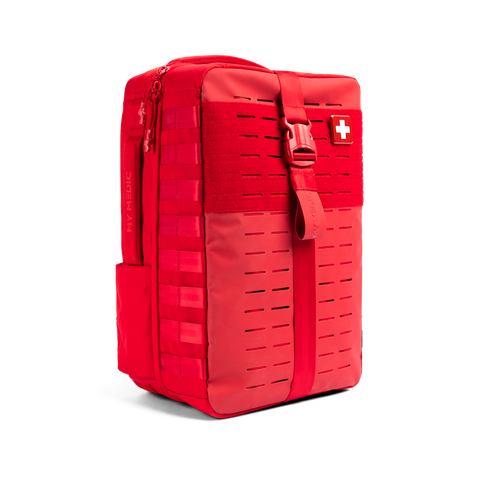 NEW ARRIVALS
NEW ARRIVALS
 BEST SELLERS
BEST SELLERS
 SUPERSKIN™
SUPERSKIN™
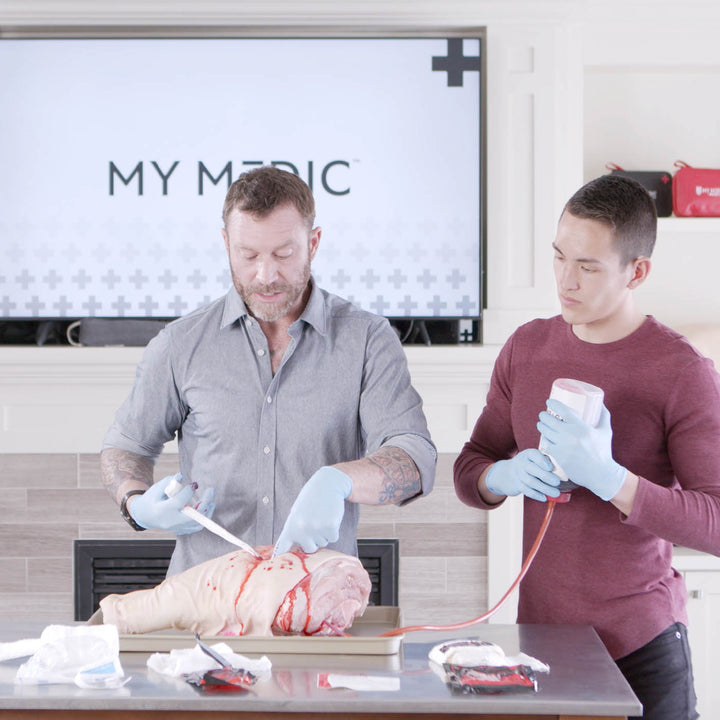 COURSES
COURSES
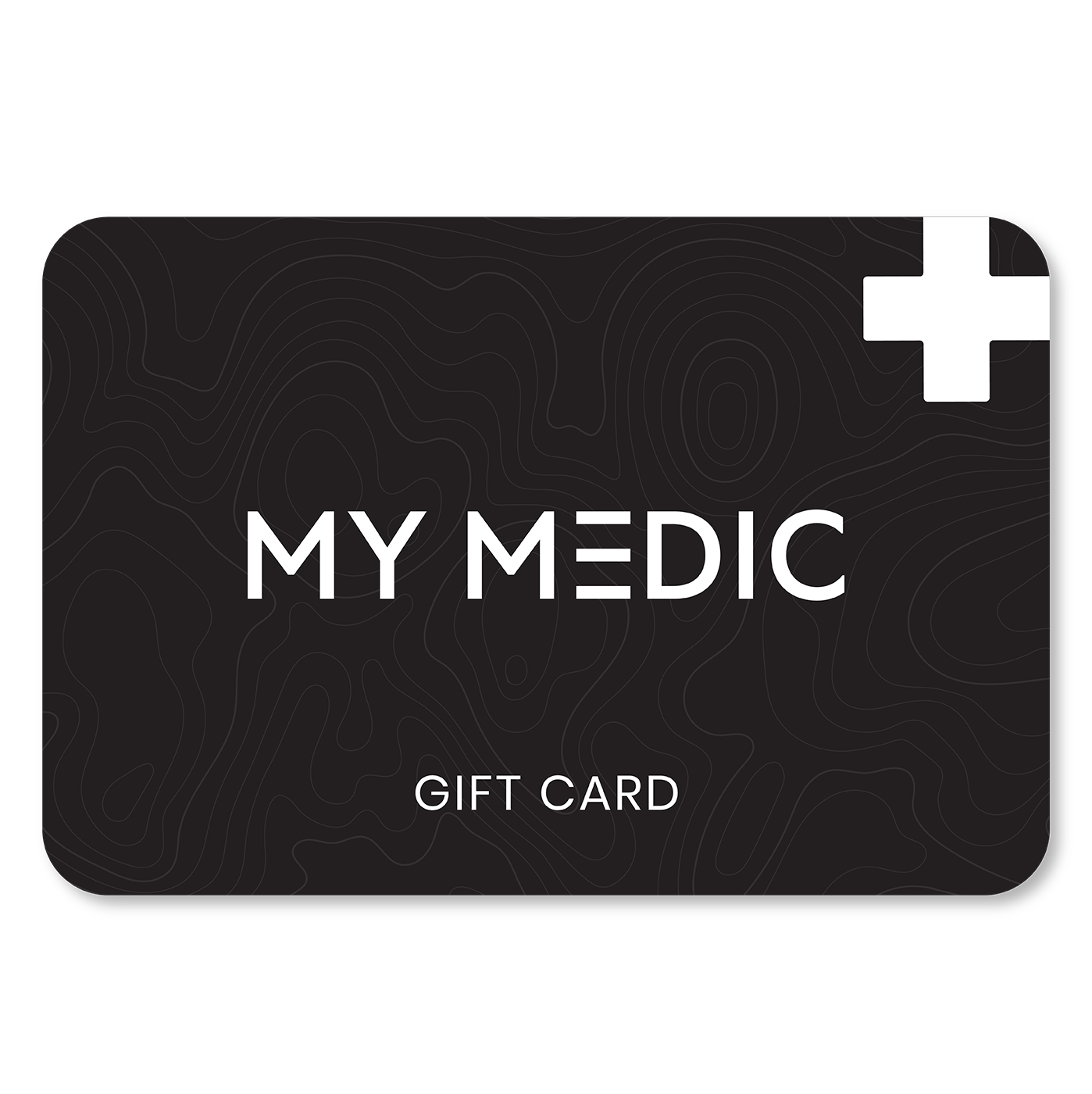 GIFT CARDS
GIFT CARDS
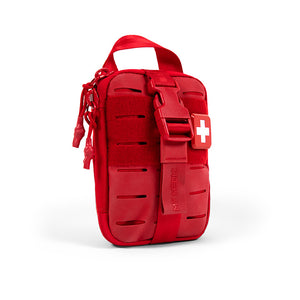 The MyFAK Collection
The MyFAK Collection
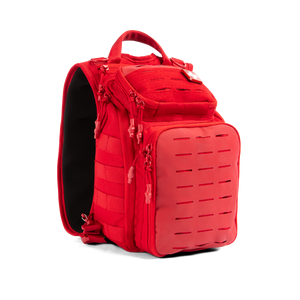 Specialty
Specialty
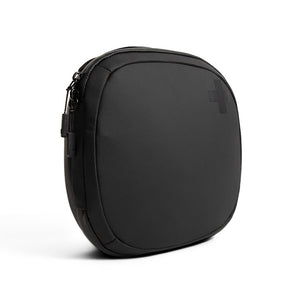 The Ready Collection
The Ready Collection
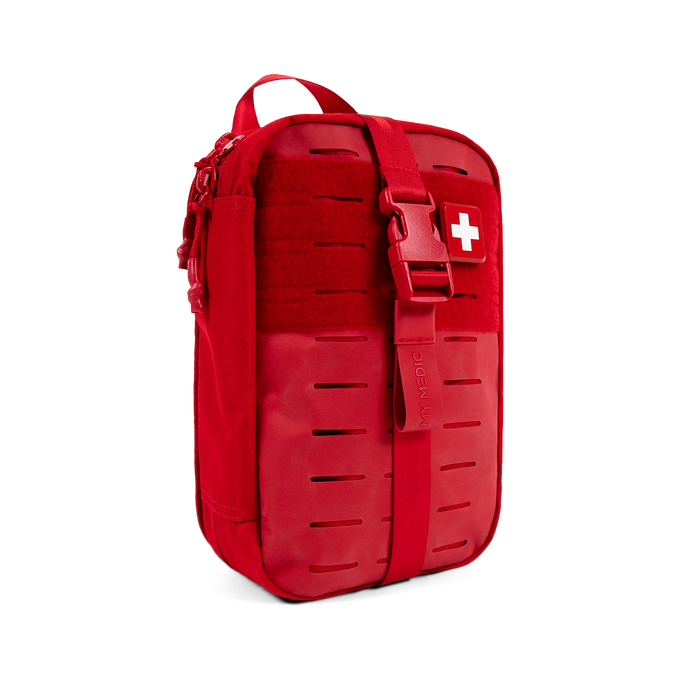
 BLEED
BLEED
 OUTDOOR
OUTDOOR
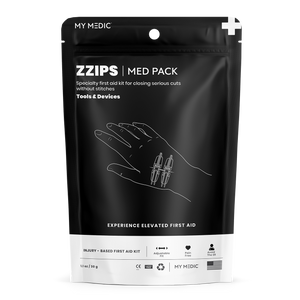 TOOLS & DEVICES
TOOLS & DEVICES
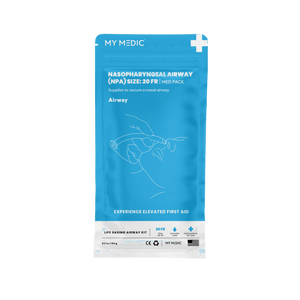 AIRWAY
AIRWAY
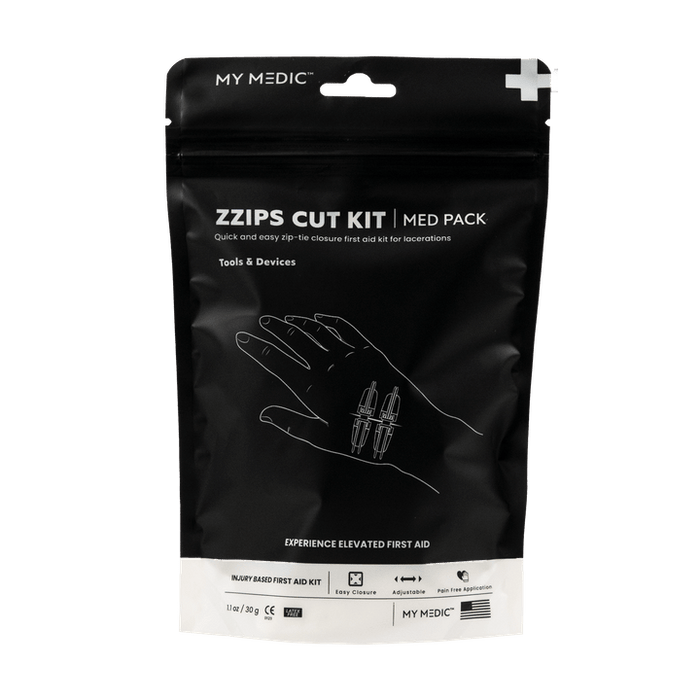
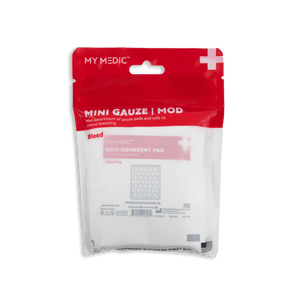 BLEED
BLEED
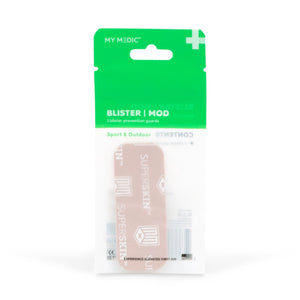 OUTDOOR
OUTDOOR
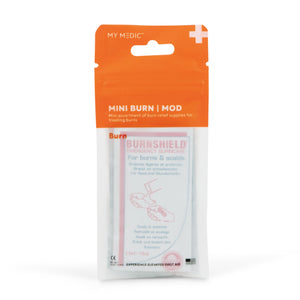 BURN
BURN
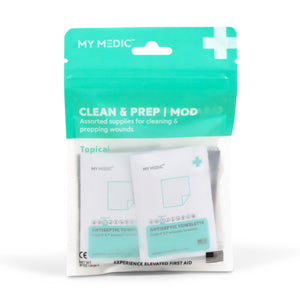 TOPICAL
TOPICAL
 MEDICATION
MEDICATION
 SPRAIN & FRACTURE
SPRAIN & FRACTURE
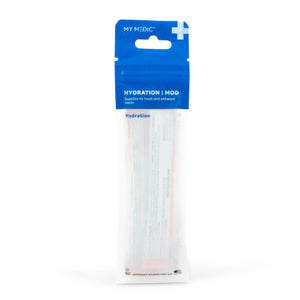 HYDRATION
HYDRATION
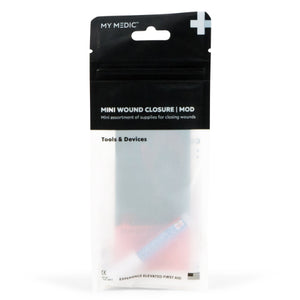 TOOLS & DEVICES
TOOLS & DEVICES
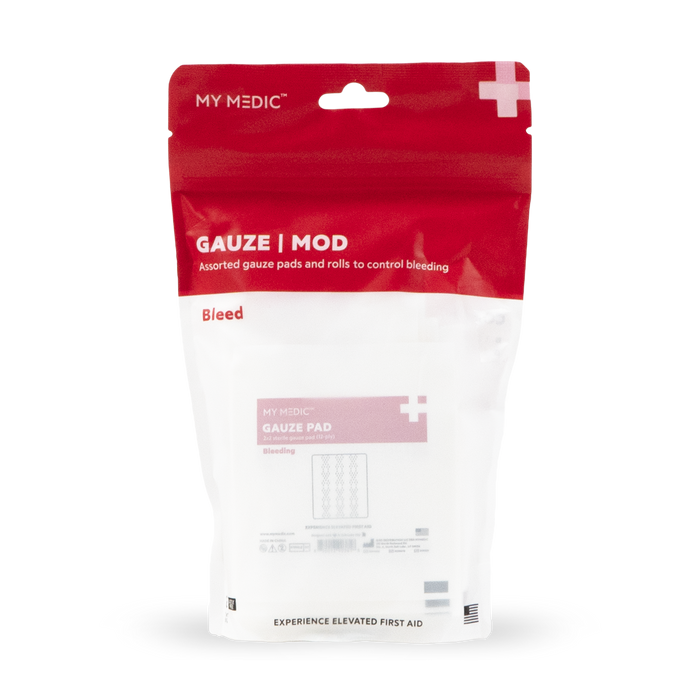
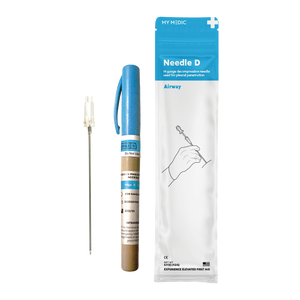 Supply Categories
Supply Categories
 Top Sellers
Top Sellers
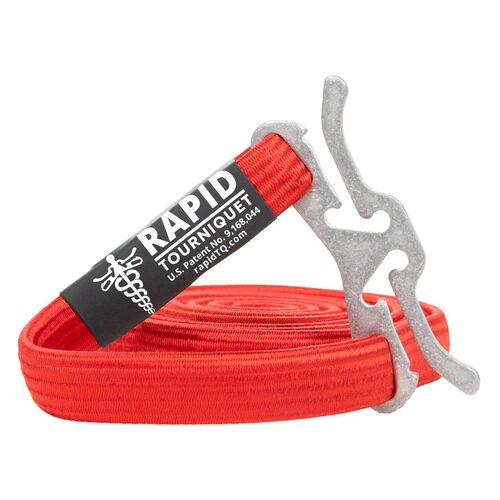






Leave a comment